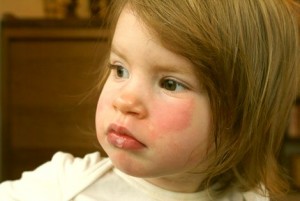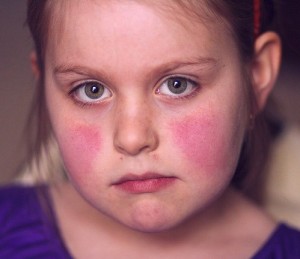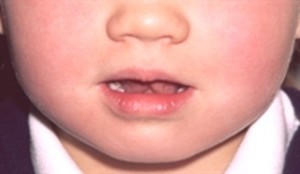Fifth Disease in children is a viral illness that commonly occurs in kids between ages 5 and 15 years old. It is called the Fifth disease for it was the fifth most common childhood rashes that were named. It is characterized by red rashes on the face that easily spread throughout the body. This illness usually occurs in temperate areas and is more common in girls than in boys.
Causes of Fifth Disease in Children
This illness is caused by the human parvovirus B19. The virus can only infect humans and cannot be transmitted to animals and vice versa. The virus lives in the mouth, nose, and throat of the infected person and attacks the red blood cells while rapidly dividing the cell for them to multiply. It can easily spread from one person to another through coughing, sneezing, or sharing drinks with an infected person. And it is believed that once you’re infected you’ll never get infected again.
Symptoms of Fifth Disease in Children
Symptoms usually start to show from 4 to 14 days after a person got infected and initial symptoms include headache, body ache, runny nose, sore throat, mild fever, and chills. This is the most contagious period of the disease, so it is best to stay away as much as possible. A few days after the symptoms appear, bright red rashes will emerge on the face and will later spread down to the arm, legs and trunks. These rashes can be flat or raised and can be itchy. As the blotches fade, lace like formations may appear which may last up to 10 days or even as long as six weeks.
Other symptoms of the condition include red eyes, swollen hands, and diarrhea. In adults, Fifth disease can be accompanied by joint pains, swelling of the wrists, hands, knees, and ankles that may last for months or even years.
But not in all cases are symptoms manifested. It is possible that a child has the virus but does not show any signs or symptoms.
Complications of Fifth Disease
Complications from Fifth disease only rarely occur.
• Infection during pregnancy can risk spreading the infection to the unborn child which may result to severe anemia or even the possibility of miscarriage.
• For those infected with this illness, anemia may occur. For healthy children, anemia may last for a short while; but for children with weak immune systems, anemia may last longer.
• Individuals who are infected with this illness and are also suffering from iron deficiency, sickle cell anemia, and other hereditary blood disorders are at risk of developing transient aplastic crisis wherein the body is temporarily unable to produce new red blood cells.
• The virus can also cause inflammation to the brain, spinal cord, lungs, liver, and heart muscle.
• A person with systematic lupus erythematosus is in danger of aggravating the symptoms brought by Fifth disease.
Treatment for Fifth Disease in Children
Fifth disease is usually mild and goes away on its own after a few weeks, hence, no longer needing any medicinal treatment. Treatments are provided, however, to relieve itching and to control the fever; but other than that, rest and drinking plenty of water are advised.
No vaccine is available for Fifth disease in children, but to avoid infection, proper hygiene is advised to avoid getting infected or spreading the virus.
Fifth Disease Pictures
Check out fifth disease pictures, photos of children who have been affected


